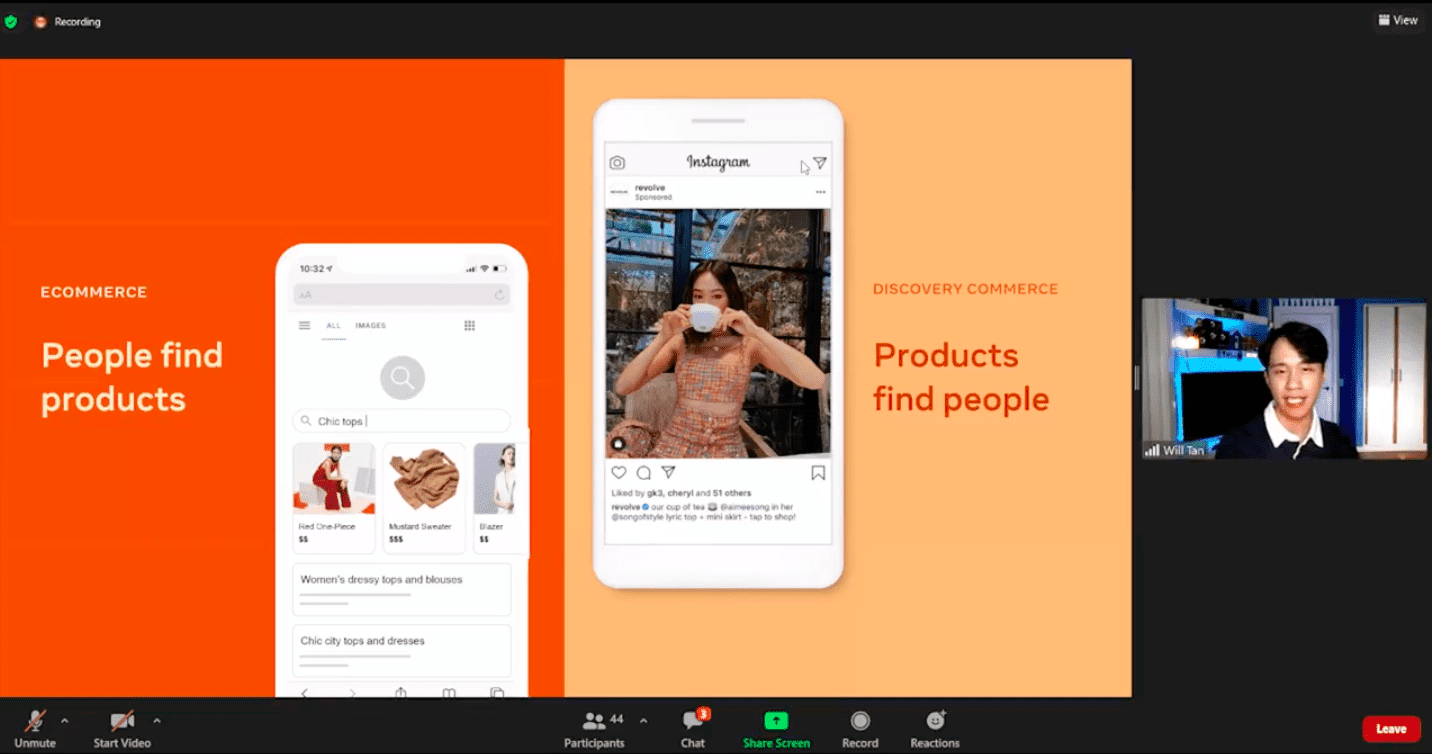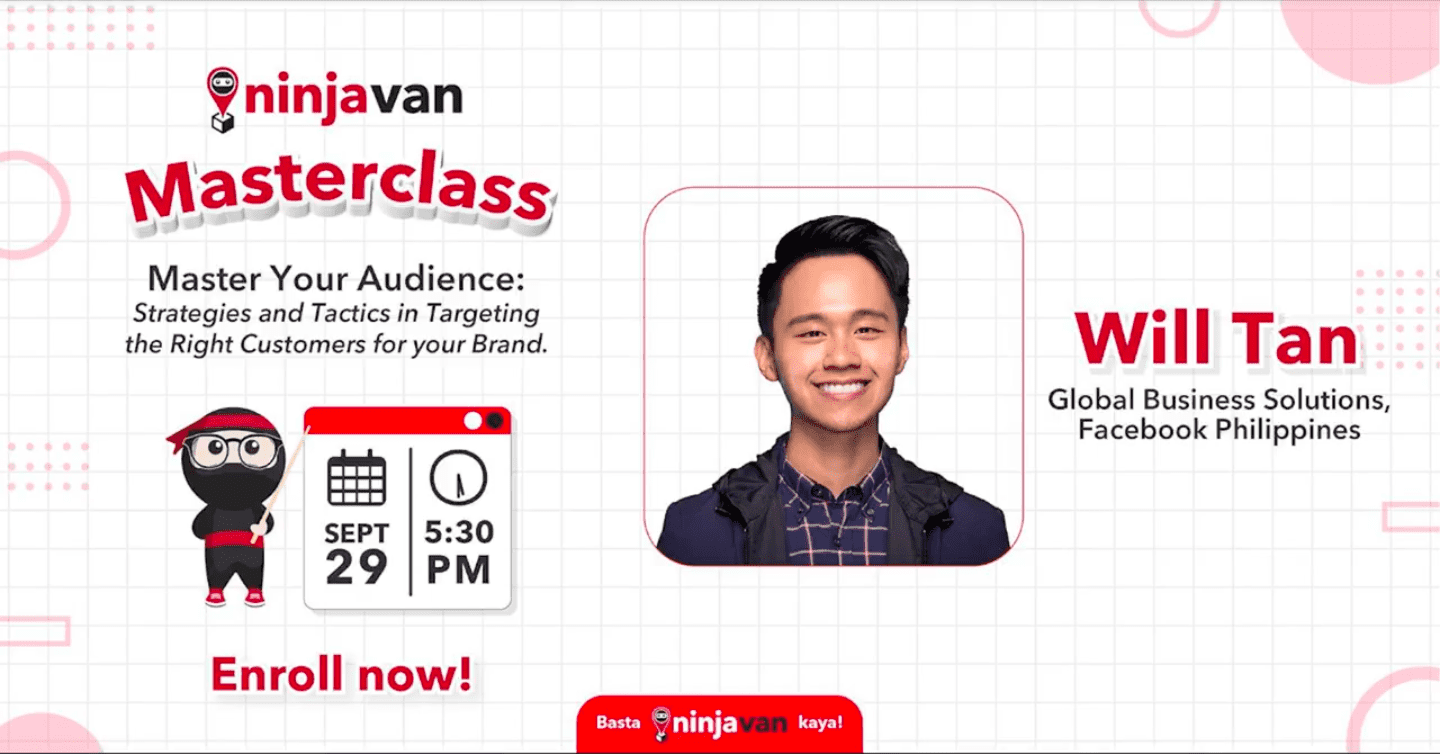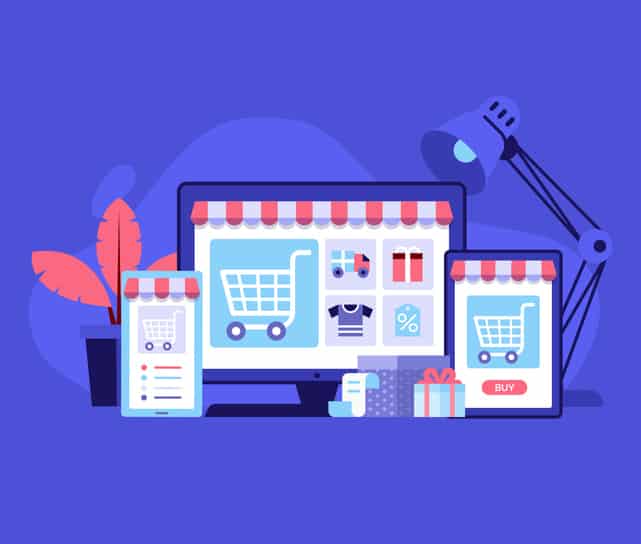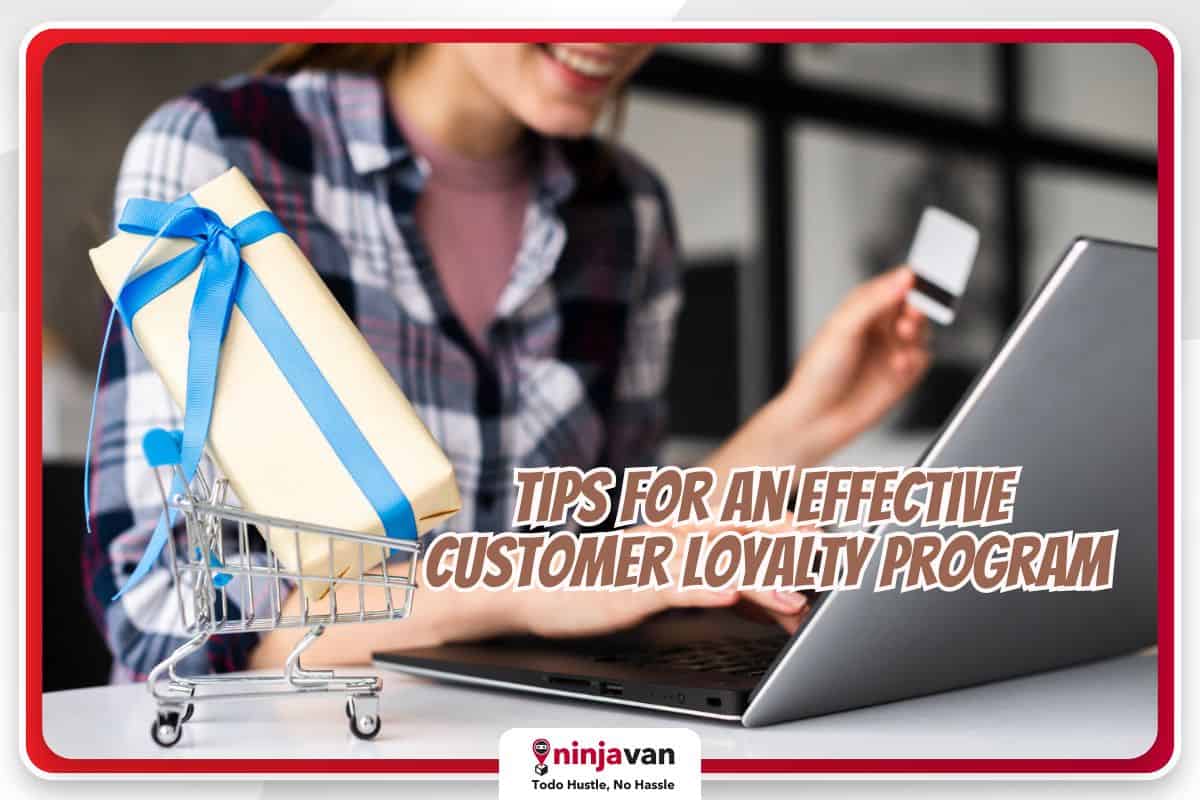Ecommerce in the Philippines has grown by leaps and bounds, and free shipping vouchers have become part of the new normal. These days, the malls are no longer people’s only way to shop till they drop.
Now, shoppers can place their orders with just a few taps on their smartphone screens. They only have to wait for their courier services’ Kuya Riders to drop their #BudolFind parcel delivery onto their doorsteps.
Put simply, people no longer go shopping. Whether on their couches, in their beds, or even while doing their business in the CR, users are always shopping because they’re finding products they suddenly want or need. This trend is called discovery commerce. And if your business hasn’t made the shift to ecommerce yet, you should do it ASAP — as in, now na.
That said, how do you get your customers to ‘Add to Cart’ like there’s no tomorrow? Well, think back to your own purchases. How often did you find yourself thinking, “I never knew I needed this until now,” before you checked out your order and booked a delivery?

What is discover commerce?
In simpler terms, this means finding the people who will want your products rather than hoping that your ideal customer comes to you. Done correctly, discovery commerce can help you zero in on the users who are most likely to buy your products which, in turn, can significantly improve your bottom line.
No idea where to start? We got you, fam. In fact, this is precisely what we talked about during our very first Ninja Van Masterclass webinar, featuring lots of tips and insights from Facebook Philippines’ Will Tan, Country Lead of Commerce Solutions for Facebook Philippines.

To help you avoid #FOMO, read on for some of the tried and tested customer-targeting strategies that were mentioned during the event:
1. Know your ideal customer.
Who are you selling to? Where do they live? What do they look like, act like, even smell like? The more you know your customers, the better your chances of selling to them. This means gathering customer data across your brand’s various sales channels to get a better idea of what makes them tick.
Fortunately, today’s ecommerce and social media platforms make this incredibly easy, as most of them now come with built-in business and analytics tools.
If you have an online store, you can look into your page views, sales and cart abandonment statistics to gauge what products are selling well. If your brand has its own app, you can assess your total number of installs, your users’ activity and what purchases they make within your app. You can even glean insights from your brick-and-mortar stores by analyzing your POS system data.
#NinjaTip
To get answers straight from your audience, try inviting your social media followers and e-mail newsletter subscribers to take a short and quick customer survey. Incentivize them to participate by offering a discount coupon in exchange for their time, one that they can immediately use on their next purchase.
2. Segment your audiences.
A cardinal rule in digital marketing is that you can’t market to everyone. Kumbaga, just like there’s no such thing as one-size-fits-all clothing, you can’t expect the same ad to attract every single potential customer in the world, much less the Philippines.
That’s why experts recommend that you divide your audiences based on information, such as their demographics and psychographics. Essentially, you’ll be categorizing your customer base into smaller groups based on characteristics that they have in common.
By doing this, you’ll have a much easier time figuring out exactly how to fine-tune your marketing’s messaging for each audience segment, and who exactly you should be reaching out to.
#NinjaTip
Throw all your assumptions out of the window, at least for now. You may just be surprised to learn that a particular audience you never considered may be highly interested in your products or services!
3. Personalize your social media campaigns.
Now that you know who you’re selling to, it’s time to make sure that you’ve got different ad sets that are designed to cater specifically to each identified segment.

One way to look at it is as if you’re courting someone. To get your crush’s attention and impress them, kailangan makuha mo ang kiliti niya.
That said, what makes one person squeal with delight may not spark the same reaction with everyone else. For instance, what might resonate with Millennials may not work so well with Generation Z.
Using discovery commerce strategy means you’ll have to personalize your ad campaigns to make them more interesting to each of your audience segments, whether they’re on Facebook or elsewhere. Some questions to think about are the following:
- Does your product or service meet a specific need or desire that your audience may have?
- Where is your audience right now in their customer journey?
- What is the level of your audience’s brand awareness or brand recognition? How about their level of brand sophistication?
#NinjaTip
If you’re just starting out in ecommerce, we recommend putting most of your budget into prospecting. As your business grows, you can re-allocate more of your budget toward retargeting and, later on, broad targeting.
4. Cast a wide net.
Ever heard of the saying, “Don’t put all your eggs in one basket?” This also applies to your digital advertising strategy. Instead of putting your entire marketing budget into a single online platform, try spreading it out across a few different ones.
Think of it this way: if you only advertise on, say, Instagram, then you’ll never reach audiences who spend most of their time on Facebook. So, the more platforms you advertise on, the more chances of winning…your audience’s attention!
#NinjaTip
Try toggling on automatic placements to maximize your ad placements across Facebook, Messenger, and Instagram. That way, you’ll have a better chance of reaching your audience no matter what platform they happen to be browsing at any given moment. Spreading out your ads this way also means you’ll be spending much less on each one!
5. Contextualize your ads to your audience.
If you and your ideal jowa don’t speak the same language, sayang lang ang laway mo in your efforts to court them.
Again, the same goes for communicating with your audience. At the most basic level, you need to literally talk to them in the same language. If your target customers are primarily ‘spokening-dollars’, then avoid using deep Filipino words straight out of your high school copy of Noli Me Tangere. Likewise, if you’re looking to sell to your fellow Pinoys, don’t give them a nosebleed by using highfalutin English vocabulary.
#NinjaTip
Once you’ve got the language down, you can contextualize your ads even further by learning about a particular customer segment’s culture or daily life.
If you’re selling to working moms, for example, what do they stress over that the #SingleSinceBirth club wouldn’t be able to relate to? If you’re a Manila-based brand planning to sell to customers in Mindanao, what would be relatable to the people in that area?
6. Make your ads easy to digest.

Online shoppers have incredibly short attention spans. And since they’re constantly bombarded with ads, it’s little wonder why some users just skip them when given the chance.
Fortunately, you can get around this by making your ads incredibly easy to read and understand. Here are some quick tips for doing just this:
- Make sure that you don’t include too much text, or else tatamarin sila.
- Use a font size that’s big enough for even your lolo or lola to read.
- Design your ads so that they can be understood even with the sound off.
- Keep your ads between 6 to 10 seconds long, and get straight to the point. (Huwag makulit.)
#NinjaTp
Show off your brand and product within the first three seconds of your ad. That way, audiences will be more likely to still see your offer before they can swipe away.
7. Create thumb-stopping creatives.
It’s hard to catch people’s attention these days, much less sustain it. With so many apps, sites, movies, TV shows, games and other media vying for their precious screen time, madali na sila ma-bore or ma-distract.
So, put in the effort to come up with creatives that will really make your audiences stop and take notice. Dapat mapatigil sila sa ganda. Try the following strategies to take your image sets, animated GIFs and video ads to the next level:
- Place your product shots against vivid backgrounds.
- Put your “hero” front and center so that customers immediately know what it is you’re selling.
- Maximize your mobile screen real estate by filling up the whole vertical space with your ad.
- If using video, use quick cuts in motion to keep your audience engaged.
- Whenever possible, try using moving ads, as they’re often more enticing to viewers.
#NinjaTip
For most social media News Feeds, you should make your images and videos follow a 1:1 aspect ratio. For Stories, your ads will have to follow a 9:16 ratio para kitang-kita agad.
Take advantage of discovery commerce technologies today!
These are just a few of the ways you can strategically target the perfect audiences for your products or services. While it may seem a bit tricky and perhaps even overwhelming at first, mastering these tools and skills is far from impossible.

The best part is that all the above tactics can be done by just about anybody, as long as they have a computer, an internet connection and something compelling to sell. You should also have a learning mindset when it comes to these things. See what works and what doesn’t and then make changes from there.
In short: bawal mag-settle. Always aim for bigger and better.
So, what are you waiting for? Start implementing the tips above as soon as you possibly can. Malay mo, baka mas lalong bumenta ang offer mo!
The Ninja Van Masterclass is a FREE quarterly webinar touching on topics that will help shippers learn about trends and innovations in the e-commerce industry. On Dec. 2, join the Creative Content that Converts webinar, and follow Ninja Van on Facebook for the next Masterclass schedule.
Featured image by xavierarnau via Getty Images






